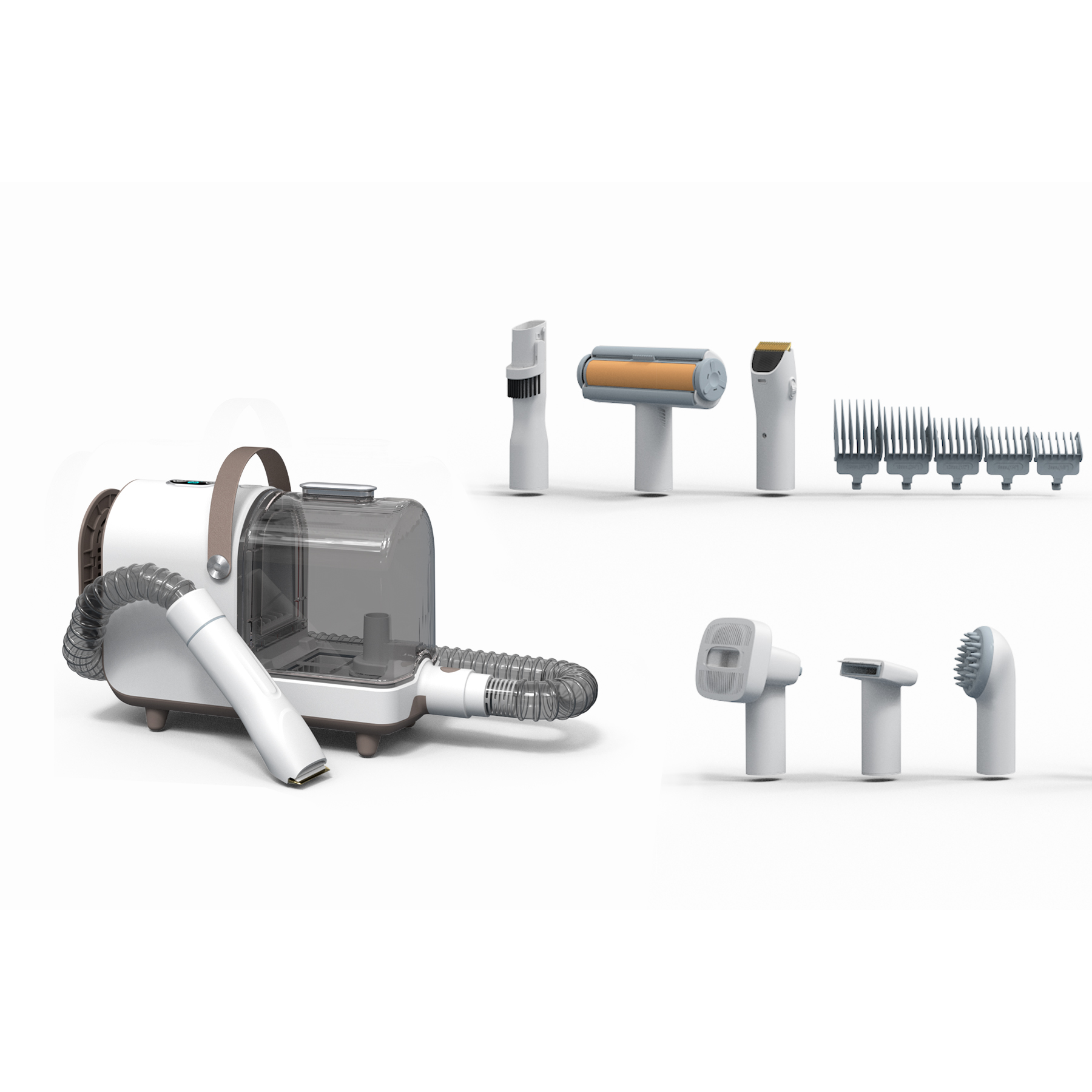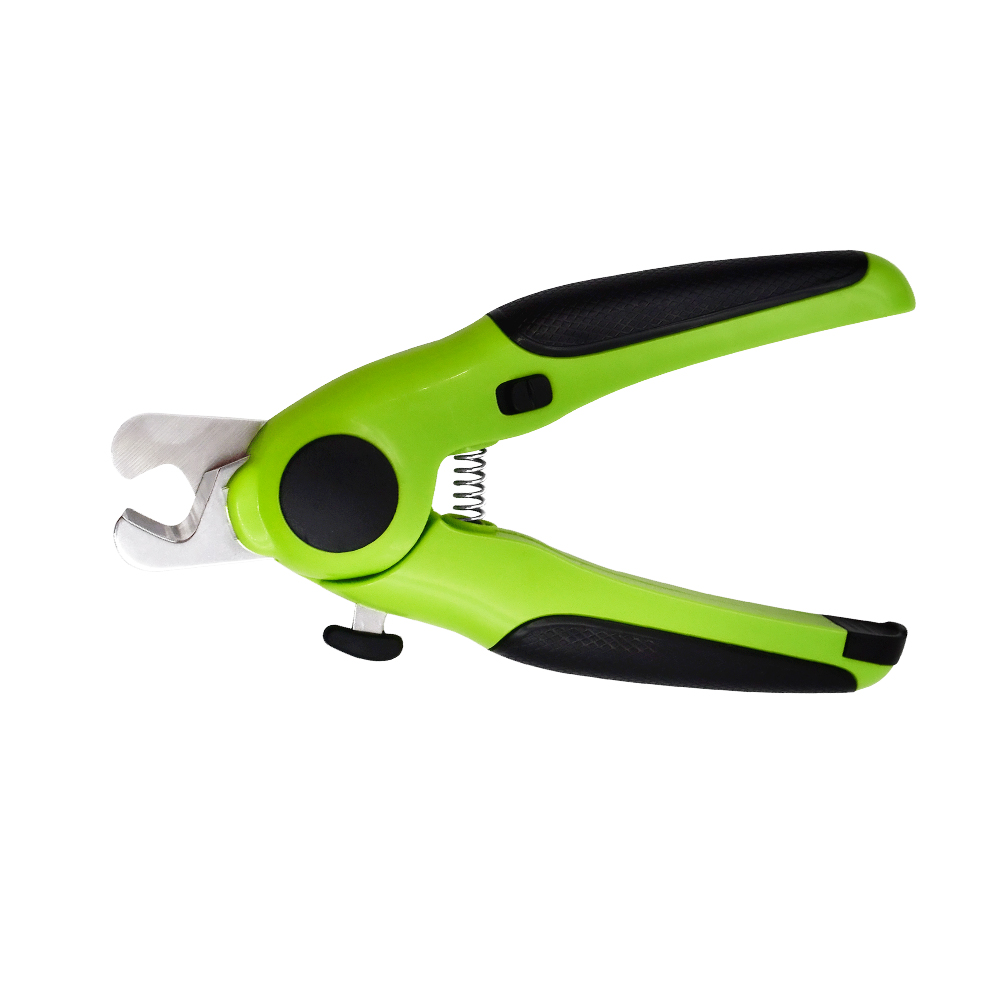Recommended Products
Proper Methods and Key Considerations for Daily Pet Care
As beloved members of the family, pets' health and quality of life directly impact their owners' happiness. Scientific daily care not only extends pets' lifespans but also prevents diseases and strengthens the human-pet bond. This article systematically outlines the core aspects of pet care from five dimensions: diet management, coat care, oral hygiene, exercise, and health monitoring.

- Diet Management: Balanced Nutrition & Feeding Practices
A pet's diet should be adjusted based on species, age, and health status:
Dogs: Require 22-32% protein, 10-15% fat, and moderate fiber.
Cats (obligate carnivores): Need ≥26% animal protein.
Example: An adult cat’s daily intake should be 30-50 kcal per kg, divided into 2-3 scheduled meals.
Key Notes:
Toxic Foods: Chocolate (theobromine), onions (hemolytic anemia), grapes (kidney failure), raw eggs (avidin).
Feeding Tools: Use stainless steel/ceramic bowls (cleaned daily); avoid plastic.
Diet Transition: Follow the "7-Day Rule"—start with 25% new food + 75% old, gradually increasing.
Special Case: British Shorthairs (prone to urinary issues) need low-magnesium food (<0.1%).
- Coat Care: Maintaining Skin Barrier Health
Brushing by Coat Type:
Short-haired (e.g., Labradors): Rubber brush 2x/week.
Long-haired (e.g., Persian cats): Daily combing with slicker + pin brushes.
Curly-coated (e.g., Poodles): Monthly grooming to prevent matting.
Bathing Frequency:
Dogs: Every 2 weeks (summer) / 4 weeks (winter).
Cats: Rarely needed (twice a year).
Use pH-balanced shampoo (5.5–7.0) at 38–40°C.
Critical Tip: Blow-dry fur 20cm away to avoid burns. Dry ears/paws thoroughly to prevent fungal growth.
III. Oral Care: Preventing Dental Disease
80% of pets over age 3 develop periodontal disease. Recommended care:
Daily: Pet toothbrush (45° angle) + enzymatic toothpaste.
2–3x/week: Dental chews (>5cm to avoid choking).
Biannual: Professional scaling.
Warning Signs: Bad breath, bleeding gums, or difficulty eating require immediate vet attention.
Brachycephalic breeds (e.g., Boston Terriers) need extra monitoring for misaligned teeth.
- Exercise Management: Physical & Mental Balance
Activity by Breed:
Working dogs (e.g., Huskies): 90+ mins of intense exercise daily.
Toy breeds (e.g., Chihuahuas): 30-min walks + puzzle games.
Cats: Three 10-minute play sessions (e.g., wand toys).
Precautions:
Avoid vigorous activity 1 hour post-meal (risk of bloat).
Skip outdoor exercise during peak heat (11 AM–3 PM).
Senior pets: Opt for hydrotherapy or gentle walks.
- Health Monitoring: Early Warning System
Track in a Log:
Metabolism: Daily water intake (30–70ml/kg for dogs), urination frequency.
Weight: Monthly checks (<5% fluctuation).
Behavior: Sudden ±20% sleep changes signal concern.
Checkup Schedule:
Puppies/Kittens (<1yr): Every 3 months.
Adults (1–7yrs): Annual exams + boosters.
Seniors (>7yrs): Bi-annual bloodwork + joint exams.
Vaccines & Parasite Control:
Core vaccines (e.g., distemper, parvovirus): 3 doses first year, then triennially.
Flea/tick prevention: Monthly (fipronil-based).
Deworming: Quarterly (praziquantel for internal parasites).
Advanced Care Tips:
Environmental Enrichment: Cats need vertical space (≥2 climbing shelves).
Stress Relief: Use pheromone diffusers during changes.
Senior Support: Glucosamine + chondroitin for joint health.

